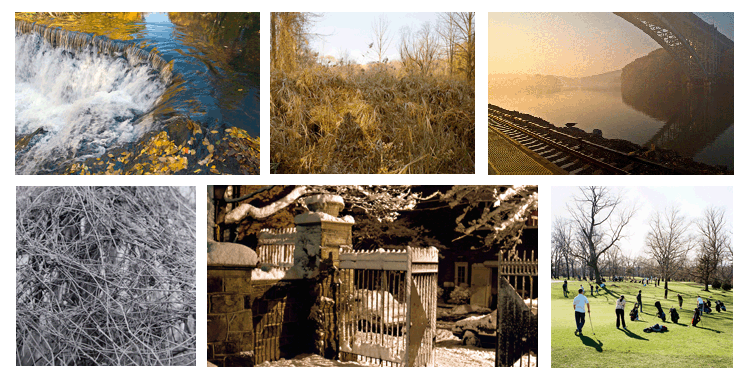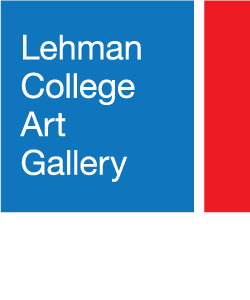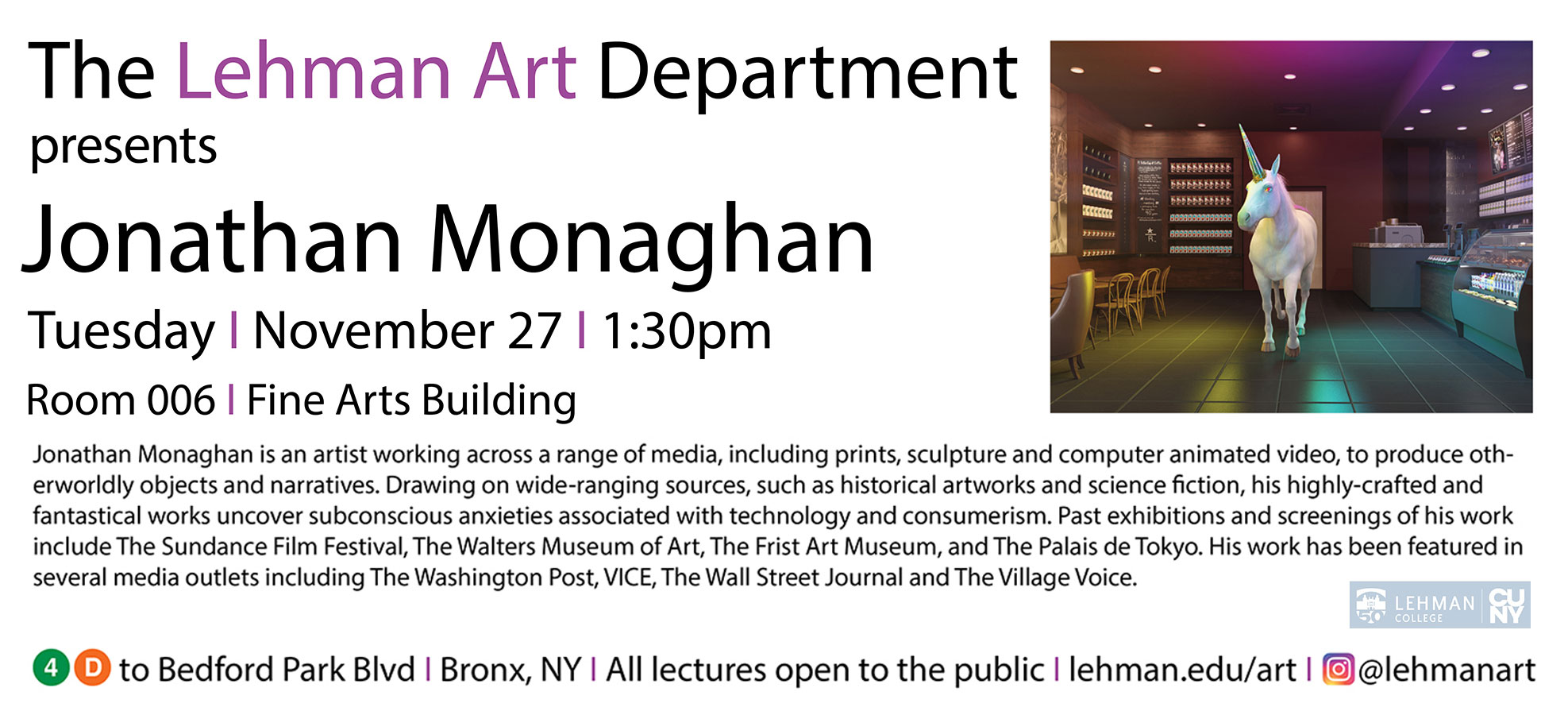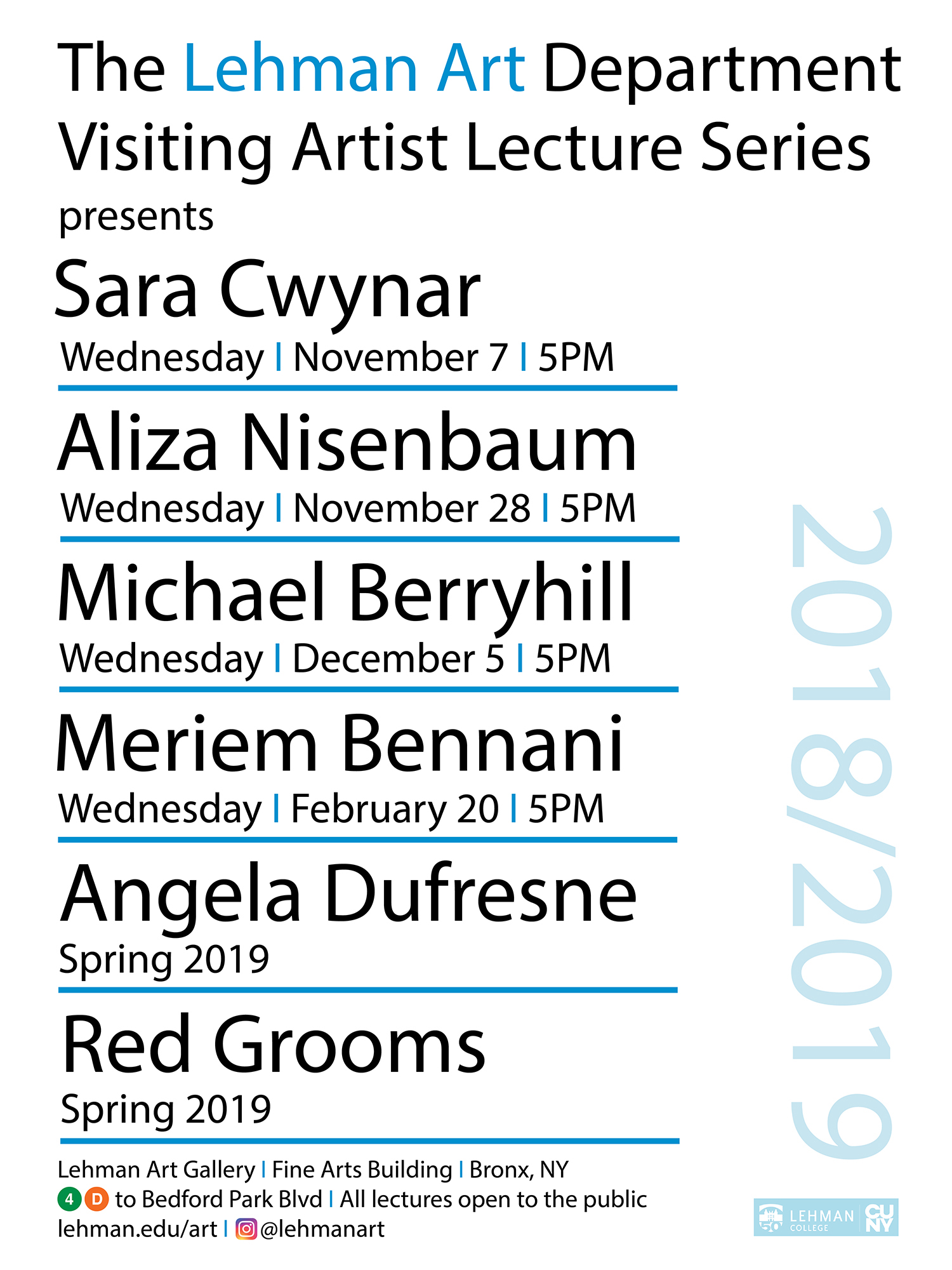Surprisingly Natural
The Nature of the Bronx
Bronx, NY, July 15, 2008–Wave Hill, Lehman College Art Gallery and the Bronx River Art Center collaborate this autumn to present Surprisingly Natural: the Nature of the Bronx, a photography exhibition that explores nature as an essential element in the fabric of the Bronx. In the face of recent, rapid urban development throughout New York City, these photographs locate the open and green spaces that have long anchored the landscape of the Bronx.
In the late 1970’s and 1980’s, the Bronx became synonymous with urban decay and pollution. In fact, however, almost 25% of the borough is park land — a remarkably high percentage for any county in the United States. Surprisingly Natural demonstrates the wide range of the borough’s natural areas and the approaches to photographing these big and small spaces that are tended by its residents, including community and school gardens, playgrounds, window boxes and tree pits. Photographers also document the forests, wetlands and beach habitats of Van Cortlandt Park and Pelham Bay Park, where nature grows wild and unchecked. Nature’s tenacity is also depicted in images of unexpected green spaces – empty lots, community gardens and abandoned lots – where natural life thrives despite the challenge of urban conditions.
An exhibition catalogue is being produced, introduced by naturalist and author Leslie Day and including essays by curators Jennifer McGregor, Susan Hoeltzel and Jose Ruiz.
It is hard not to romanticize the Bronx. Bordered by historic waterways — the Hudson River, the Harlem River, the East River, the Long Island Sound, and bisected by the Bronx River—it is a borough of natural spaces. Though the Bronx is decidedly urban—the third most populated county in the United States—it contains the City’s largest remaining old-growth forest. Several islands are within its boundaries as well as dramatic exposures of bedrock and acres of marshlands. The terrain is full of quirky contradictions and unexpected juxtapositions. At every turn nature bumps up against the built environment—and this too is a part of the persona of the Bronx.
It is the physical Bronx that sets the stage for the photographers in Surprisingly Natural. Each struggles with what might seem at first an oxymoron—the conundrum of nature in the midst of the urban. In each photograph there is an awareness of the fragility of nature in the city and the delicate balance that allows them both to flourish.
A Riverdale resident for eight years, Rebecca Swanson, photographs the Bronx with an acute awareness of light. Train Station, 2007, Shorefront Park 1, 2007, and Shorefront Park 2, 2007, depict the area around the Metro-North Spuyten Duyvil train station. The soft, filtered tones of the photographs suggest the paintings of the 19th-century Luminists. They are printed on a metallic paper and framed with a non-reflective Plexiglas, adding another dimension to the work. In Train Station, 2007, there is a hint of the railway in the foreground and the graceful arch of the Henry Hudson Bridge overhead. Shot on Thanksgiving Day, the morning mist and the peachy light create a pastoral scene.
Robert Stephenson is interested in the transitional spaces of the City where nature abuts the built environment. Both persistent and fragile, nature is always pushing back. Bronx Whitestone Bridge, Pugsley Creek Park, 2008, offers a richly layered view of the east Bronx with a distant bridge, surrounding neighborhoods, and forested coastal plains. A broken cyclone fence marks a failed attempt to enforce a border and separate the domesticated from the wild. In Flags, In Pugsley Creek Park, 2008, the marsh grasses and flags are a composition of warm colors and varied textures. The tides and winds have claimed them both.
Attracted to the city’s overlooked corners, Travis Roozée finds panoramic scenes that read as vignettes with implied narratives. Humans, when included, are often small and dwarfed by their surroundings. In Spuyten Duyvil, 2008, a painter works en plein air inspired by the same landscape that Hudson River School painters sought out a hundred and fifty years ago. In another, View of the Hudson River from Palisade Avenue, 2008, a slice of Hudson River barge traffic is framed by Villa Charlotte Bronte, apartment buildings on the escarpment not far from Spuyten Duyvil. Bronx River, 2007, offers a layered scene with multiple points of interest. As the river flows through West Farms, an elevated train passes overhead. The riverbank, with scattered stones and concrete blocks on one side and a levee buttressed with tires on the other, offers another kind of metaphor for the intersection of the urban and the natural.
Lawrence Lederman approaches nature with a sense of awe akin to the 19th-century notion of the sublime. Photographed on the grounds of the New York Botanical Gardens, his work in this exhibition conveys the beauty and drama of nature, ever mindful of its fragility. Bronx River, Bird’s Eye View, 2007, offers a keyhole view of the river and a simple forest, the latter made significant by its preservation as the last of the City’s native woodlands, a small 40-acre plot in the middle of the Bronx. In Tiffany Glass, Weeping Katsura Tree, 2007, a cascade of leaves fills the image bringing to mind the blanket of foliage in Gustav Klimt’s The Park, 1910. Lederman has recently photographed in the Italian Campagna region, following the locations where members of the Hudson River School painted on their European tours.
A California native intrigued by the forests of the Northeast, Margaret Moulton has produced a series of black and white photographs taken at Wave Hill and in Van Cortlandt Park. A departure from her earlier work, these abstract compositions capture the linear details of skeletal branches and thicket vines in winter. In Bronx Tangle, 2008, the sharp-focus tracery of deciduous branches contrasts with the soft focus of distant trees, creating a tapestry of tones. Untitled (Wave Hill Beech Shadow), 2007, depicts shadows cast on the trunk of a beech tree on the grounds of Wave Hill. The texture of the bark with silhouetted leaf shapes reads as a monochromatic watercolor. In another, Untitled, (Woven Weeds), 2007 an impenetrable tangle of vines wraps a tree form in a strangle hold. The shape underneath reads as a figure caught in an impossible trap.
Daniel Hauben is best known for his paintings of Bronx street scenes with their rich sampling of neighborhood buildings and people. His work in Surprisingly Natural, the first photographs he has exhibited, is part of a series begun on a snowy evening’s walk from Fort Independence Avenue to the Grand Concourse in 1991. All four photographs are taken in or adjacent to the Sholem Aleichem Houses. In Tree and Fire Escape in Snow, 1991, everything is coated in a blue frosting and there is an unearthly glow in the sky. At the intersection of Giles Place and Sedgwick Avenue, traffic lights radiate color and warmth. The urban environment is transformed and silenced.
Surprisingly Natural, with photographs at all three venues, offers an opportunity to see the Bronx from many perspectives. It gives the viewer a chance to consider the overlooked corners of neighborhoods or to just pause and look again at the extraordinary beauty of the Bronx.
Susan Hoeltzel
Lehman College Art Gallery
Bronx River Arts Center
www.bronxriverart.org
Wave Hill
www.wavehill.org



